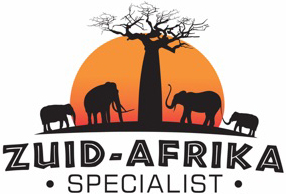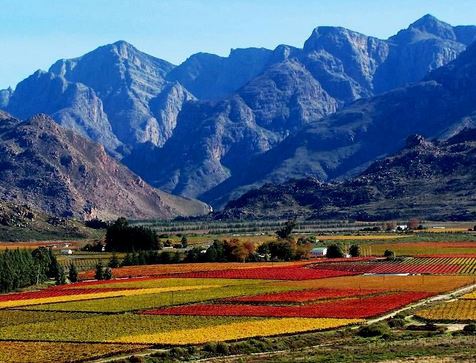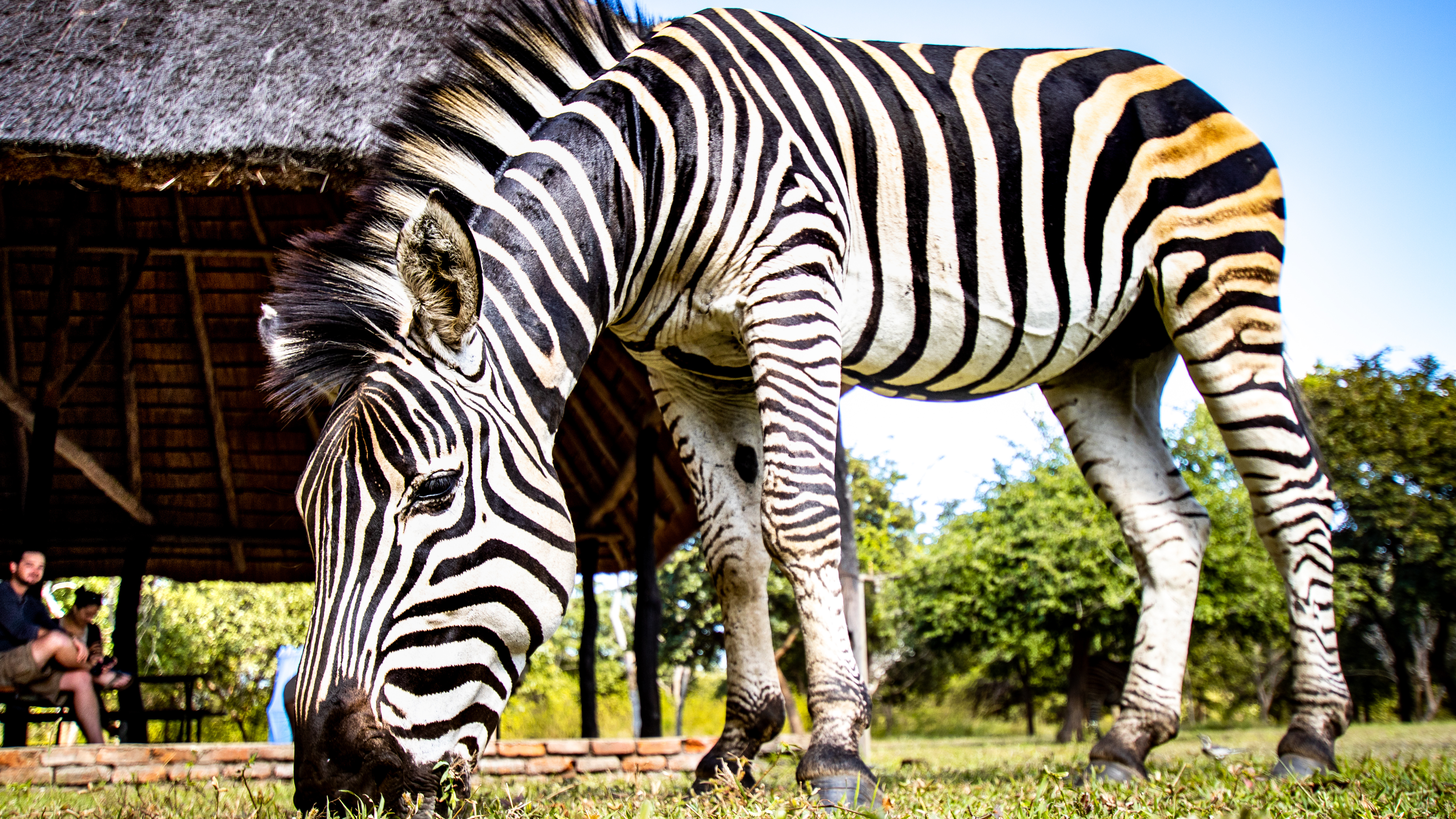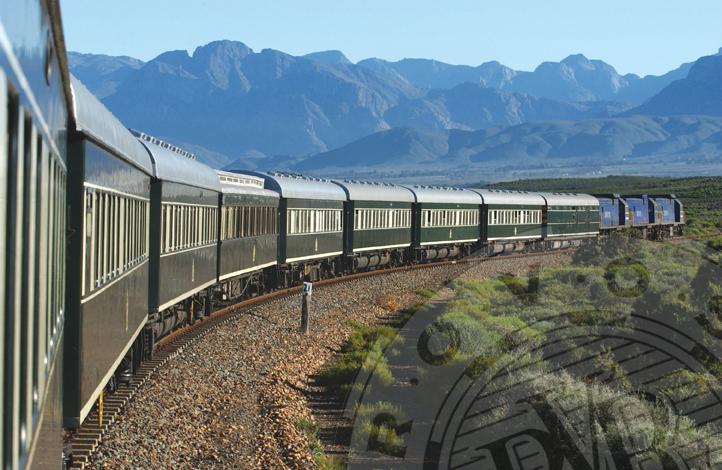Soweto
Soweto is a district within the city of Johannesburg in the province of Gauteng. The word is actually a combination of the words South Western Townships, a residential area for the black population who worked in the gold mines, originated after 1886. A neighborhood that grew rapidly during the Apartheid of South Africa and continues there to this day reminded.
Soweto is the birthplace of Nelson Mandela and the place where he lived is now a small museum and a tourist attraction. Archbishop Desmond Tutu (and apartheid activist) was also born in Soweto. A trip within Soweto is therefore often dominated by, or is a reference to, the politics of South Africa.
All the official languages (11) of South Africa are spoken here, the most important being Zulu, Sotho, Tswana, Venda and Tsonga. Other languages are: Ndebele, Swazi, Venda, Xhosa, English and Afrikaans. The melting pot of cultures has created a mix of different languages and the youth speaks the Tsotital, a language that is still evolving.
Within Soweto you will find plenty of neighborhoods, there are small shops that cater for daily needs but also 2 large Shopping Malls, a Holiday Inn hotel, and an entertainment area with famous clubs and two hospitals. There is hardly any employment in Soweto, which means that most people leave the Township every day with minibus taxis to work in the city.
The local churches, traditional healers, bars, the apartheid museum, the Hector Pietersen Statue, the Open Air museum in the Klipton district, the Mandela family museum, the Oppenheimer gardens in the middle of Soweto, the football stadium and Vilakazi street where 2 South African greats were born are the attractions of Soweto
Add to my travel plans


